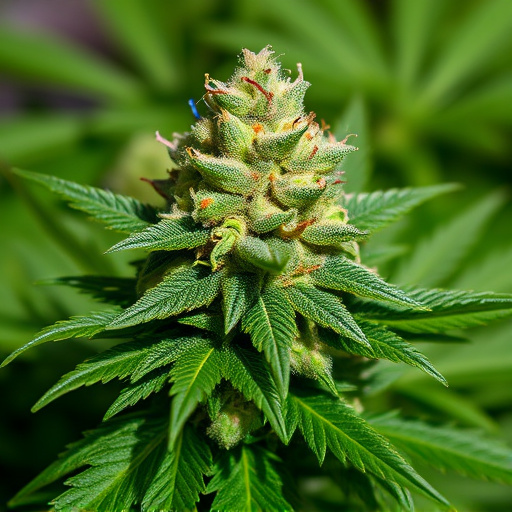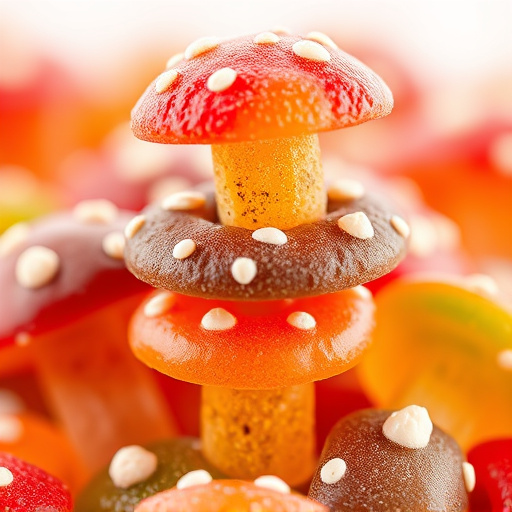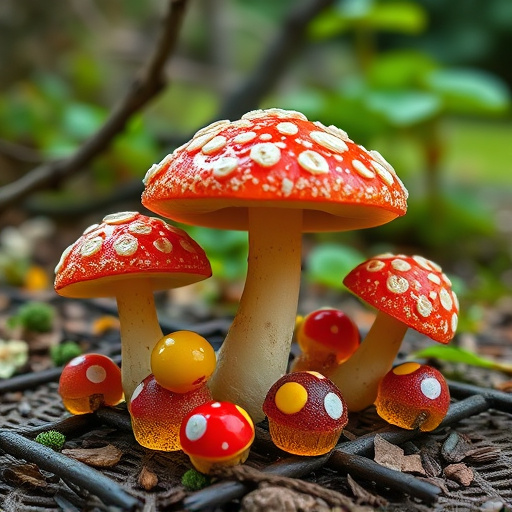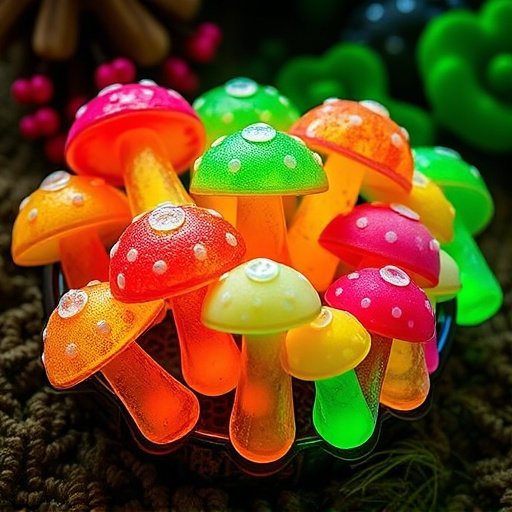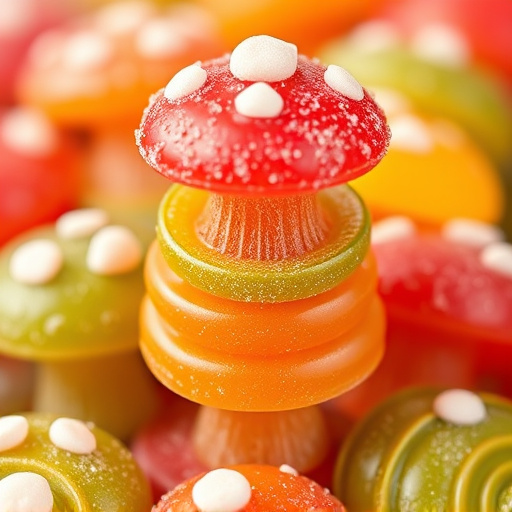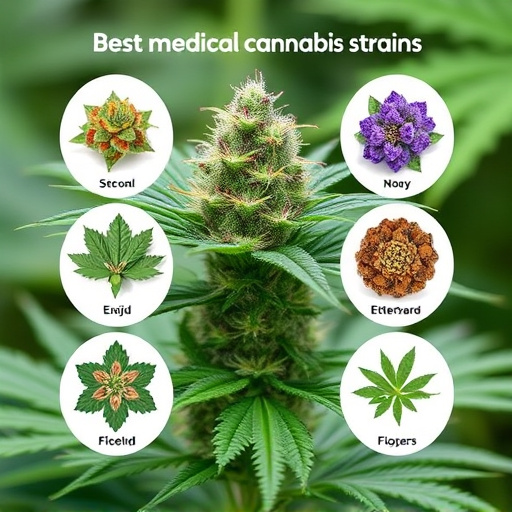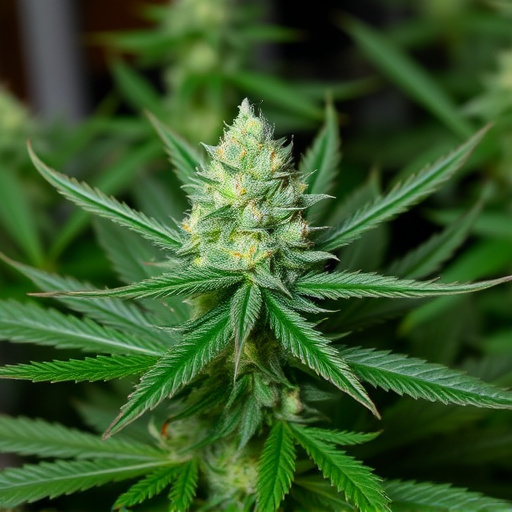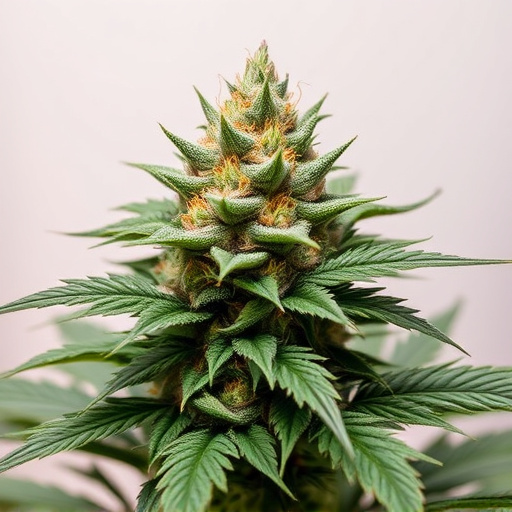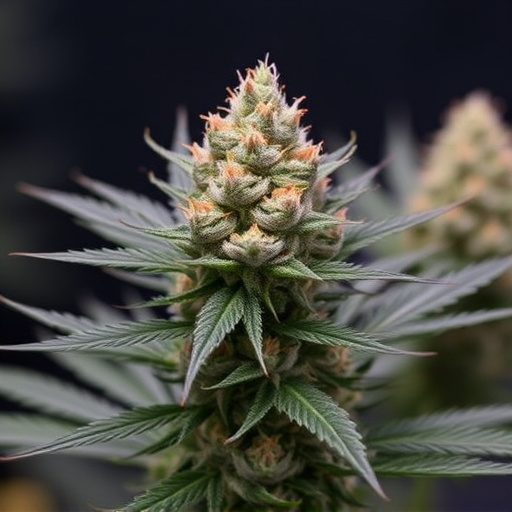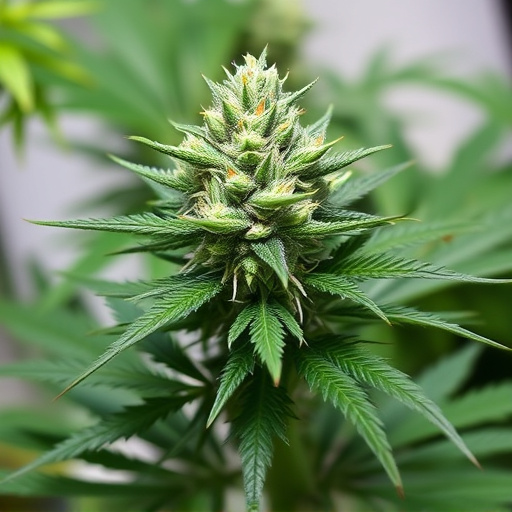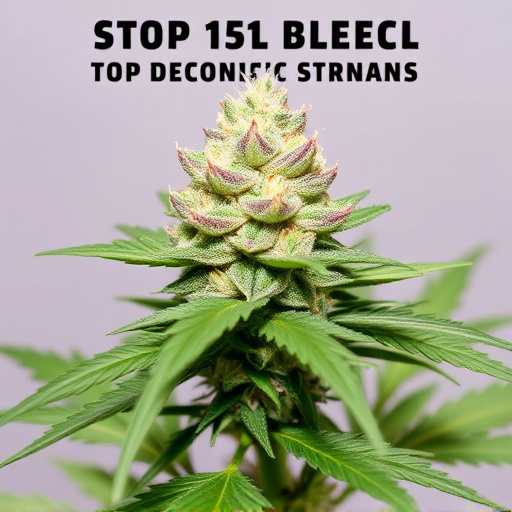Cannabis curing is a meticulous process that enhances the quality of top shelf cannabis strains. By slowly drying and aging harvested flowers over weeks or months, curing allows trichomes to mature, boosting terpene profiles, THC, and CBD levels. This technique improves taste, aroma, potency, and overall user experience. Growers use various methods, from air curing to controlled environments like humidity chambers, to ensure maximum potential for top shelf cannabis strains.
Discover the intriguing world of cannabis curing and its potential impact on potency. This comprehensive guide explores how the art of curing can enhance the final product, particularly for coveted top shelf cannabis strains. From understanding the chemical changes during curing to examining the science behind terpene concentration, we delve into the techniques that transform raw flowers into potent, aromatic remedies. Uncover the secrets to achieving peak flavor and efficacy in your next cannabis experience.
- Understanding Cannabis Curing and Its Effects on Potency
- The Science Behind Terpene Concentration in Cured Flowers
- Curing Techniques: How They Impact Top Shelf Cannabis Strains
Understanding Cannabis Curing and Its Effects on Potency
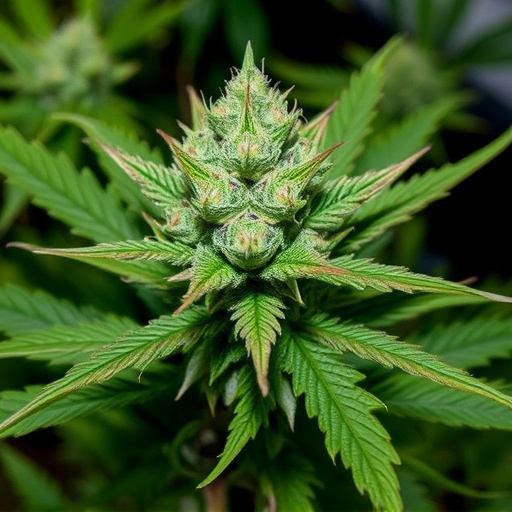
Cannabis curing is a process that involves slowly drying and aging harvested cannabis flowers, often over several weeks or even months. This meticulous technique is crucial for unlocking the full potential of top shelf cannabis strains. During curing, the resinous trichomes on the flower’s surface gradually mature, leading to an enhanced terpene profile and increased levels of cannabinoids like THC and CBD.
The effects of curing go beyond simply improving taste and aroma; it plays a pivotal role in potency. Uncured cannabis may have a harsher smoke or vape experience due to higher levels of sticky resins that can irritate the respiratory system. Curing allows these resins to become more soluble, making the cannabis easier to consume and potentially increasing the overall enjoyment for users looking for a premium top shelf cannabis strain experience.
The Science Behind Terpene Concentration in Cured Flowers
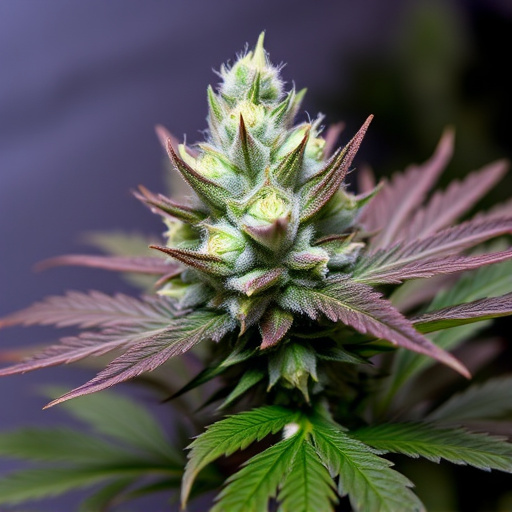
The process of curing plays a pivotal role in enhancing the overall quality and potency of cannabis flowers, particularly in cultivating top shelf cannabis strains. Terpenes, aromatic compounds responsible for the unique flavors and potential therapeutic effects associated with cannabis, are subject to significant changes during this maturation period. As flowers cure, the concentration of these terpenes often increases, leading to a more robust and complex profile. This phenomenon is attributed to the natural evaporation of volatile terpene compounds over time, resulting in a more potent and desirable product.
Curing allows for the harmonious balance of various terpenes to develop, contributing to the distinctive aroma and potential medical benefits associated with specific cannabis strains. Research suggests that controlled curing conditions, including temperature, humidity, and ventilation, can significantly impact terpene retention and distribution within the plant material. By optimizing these factors, cultivators can preserve or even elevate terpene levels, ensuring that consumers experience the full spectrum of flavors and potential therapeutic advantages offered by top shelf cannabis strains.
Curing Techniques: How They Impact Top Shelf Cannabis Strains
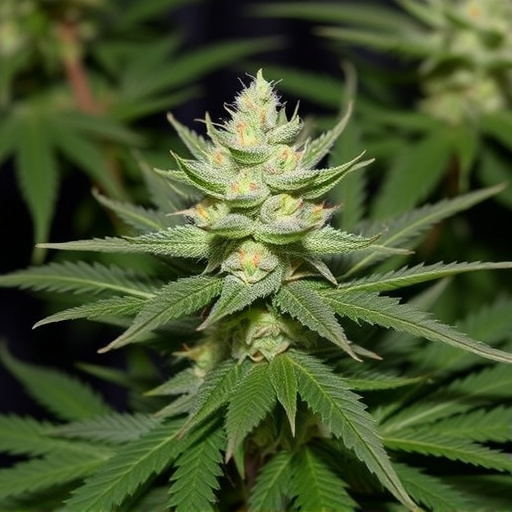
Curing is a crucial step in the cannabis cultivation process, and it significantly influences the final product’s quality, particularly when it comes to top shelf cannabis strains. There are various curing techniques that growers employ to enhance the potency and flavor profile of their harvest. One common method is air curing, where flowers are spread out in a well-ventilated area, allowing natural air circulation to gradually dry them over several weeks. This technique preserves the plant’s delicate aroma and ensures a consistent, potent final product.
Another popular approach is the use of controlled environments, such as humidity chambers or vacuum ovens. These methods offer precise temperature and humidity control, enabling growers to cure flowers more efficiently while minimizing degradation. With these techniques, top shelf cannabis strains can reach their full potential, delivering powerful effects and a refined sensory experience. The curing process acts as a fine-tuning step, refining the compounds within the plant matter and ensuring that each flower is a premium, high-quality product.
In conclusion, curing plays a pivotal role in enhancing the potency of cannabis flowers, particularly for top shelf cannabis strains. Through the science-backed process of controlled drying and maturation, terpenes, responsible for aroma and potential therapeutic effects, are concentrated, leading to more potent and desirable products. Understanding and implementing effective curing techniques is essential for cultivators aiming to produce premium, high-quality top shelf cannabis strains that meet consumer expectations.
